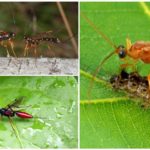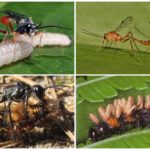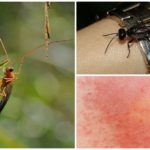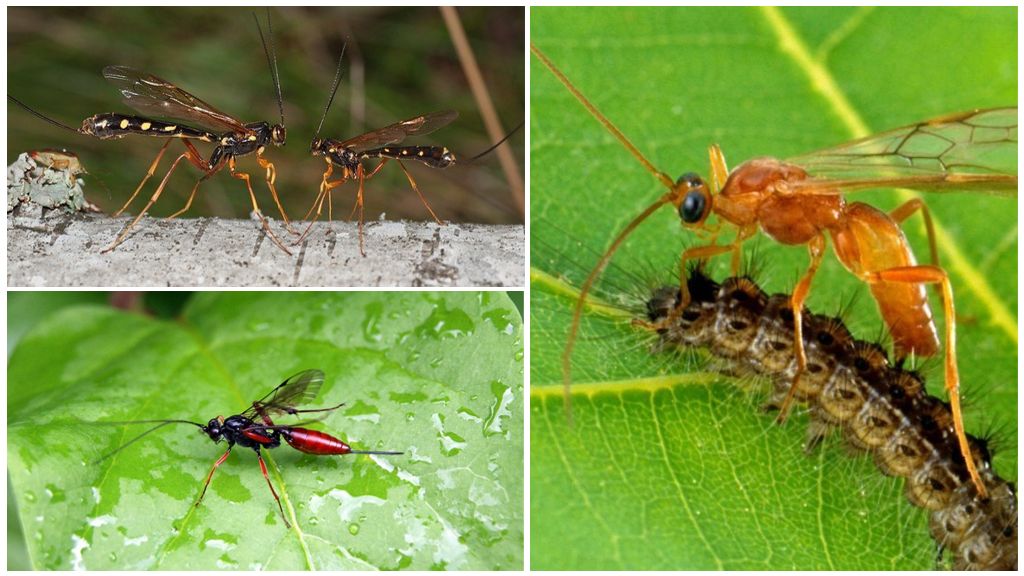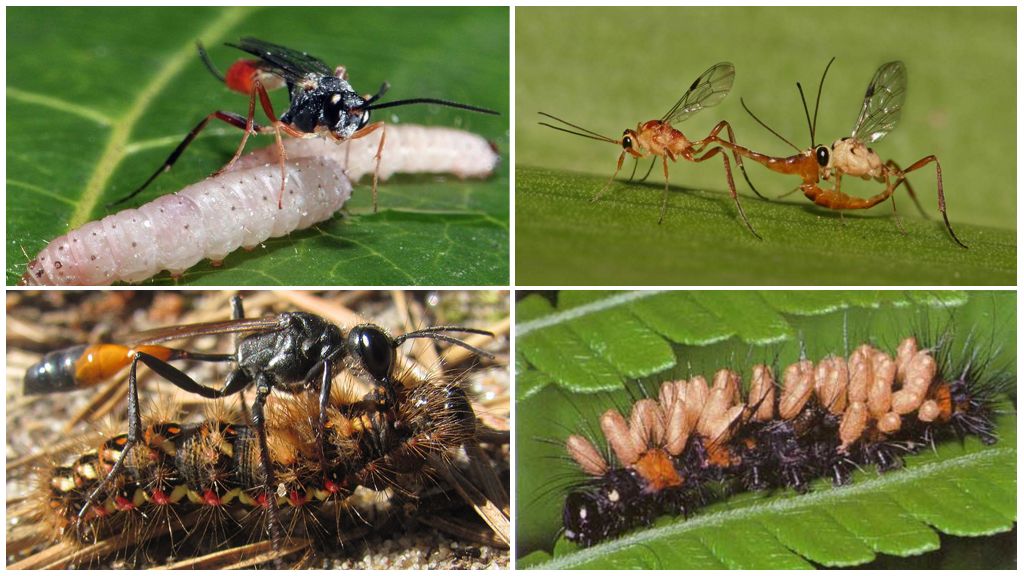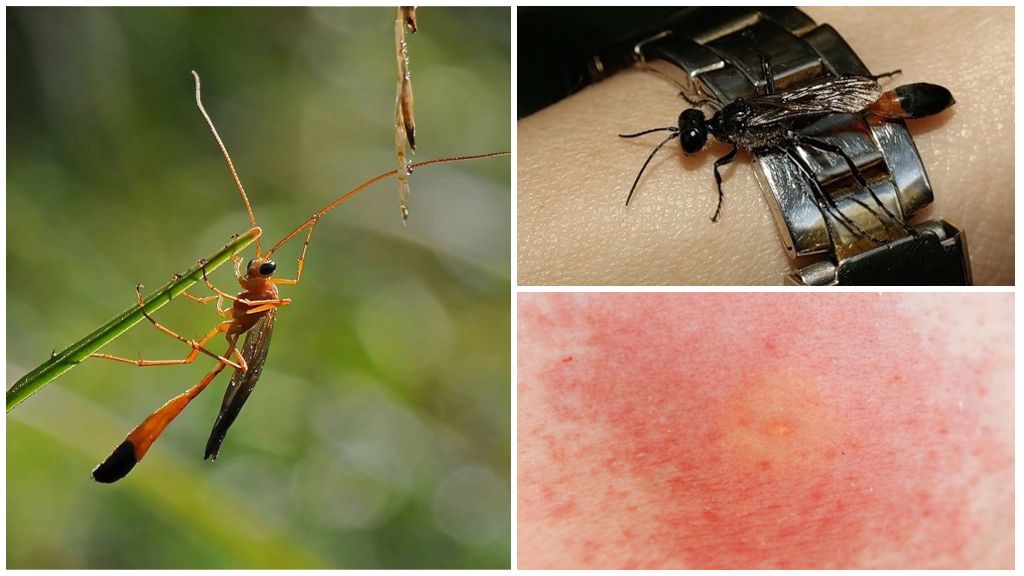Parasites wasp horse rider
Content
- Wasp rider
- Breeding wasp rider
- Rider Wasp Bite
Wasp rider different from ordinary public relatives size, appearance, structure, lifestyle. Infrared insect has about 100 thousand species, refers to parasites. The largest population lives in the tropics, in countries with a temperate climate there are only a few species. The parasitism of the wasps of horsebacks consists in laying eggs on the body of insects, their larvae, or injecting them directly into the cavity.
Appearance Description
Absolutely all riders are small. Body length ranges from 3 mm to 3 cm. Large representatives live in countries with hot climates. Different in different types of color. Common features - an elongated abdomen, thin waist, thin, transparent wings that more closely resemble the flying accessories of a dragonfly. In some species, the wings are missing altogether; the wasp rider is more like ants. One more representatives have a long tail.
A distinctive feature of the riders is the lack sting, solely as an instrument of attack. It uses egg-laying instead. But secrets secreting a toxic substance are also available. With it, the parasite wasp squirts poison, paralyzes a potential victim, and then lays eggs. A picture of the wasp rider is presented below. The most amazing creature is a wasp with a long tail.
Behavior features
Insect lifestyle refers to a single wasp. Her behavior is related to food, the search for potential victims, the laying of eggs. Wasp rider does not form nests, does not live in large families. Individuals do not communicate with each other, do not give each other signals about the danger, the locations of the victims.
Insect leads an active lifestyle in the daytime, at night, prefers to hide among the grass, leaves, sit on a tree. She tries to stay away from the house because nothing attracts her there.
Imago eats fruit juices, nectar, and some members of the genus do not need replenishment of food supplies at all, but they live no more than 14 days. Riders are called predators because of the need to lay eggs in the body of other insects, arachnids, worms.
On a note!
Wasp rider does not differ aggressive temperament, but the victim feels even under the bark of trees. Often, for searches, he goes into the soil, pulls holes out, as sand, earth wasps do.
Breeding
After mating, the wasp rider begins to reproduce offspring. For our area, the mating season for riders comes in the middle of summer. Until that time, the imago leads a carefree lifestyle, is content with the nectar of flowers, the sap of plants.
For laying eggs a victim is needed - a beetle, a spider, a butterfly, a moth, a larva of large insects. First, the predator tries to bite, then uses the sting.
According to the parasitizing method, equestrians are divided into several types:
- Ectoparasites. The female lays eggs on the surface of the abdomen, the larvae then gradually penetrate into the body, devour from the inside.
- Endoparasites. The imago thrusts a sting into the body of the victim, immediately lays its eggs. Within a few hours, the larvae appear, which immediately begin to parasitize.
- Superparasites. Oviposition is done both outside of the chitinous coat and inside the body. Special is the fact that they hit their own kind, other parasites.
In the body of one victim can parasitize up to 20 larvae. They actively feed, increase in size. Approximately in 2 weeks they complete their development cycle, leave the victim or what is left of it, pupate. In tropical countries, imago appears during the week, in our area, the wasp rider winters in this state, and in spring an adult individual comes out of the cocoon.
Interesting!
The larvae eat the prey from the inside in a certain sequence. The most important organs are left for last. The victim remains alive for a long time. But at the end of the development of the larvae, only the shell remains from the victim.
The mission of the female is to search for the victim, laying eggs, and later the larvae develop without her participation. Feeding the female provides offspring for the entire development cycle.
Rider Wasp Bite
All wasps hurt bitebut this is not the case for riders. Insect does not differ aggressive temperament, not in a hurry to attack even if it is in danger. By all means trying to avoid a collision with a man, to hide from sight.
On a note!
In a situation where you have to bite, the wasp rider stings, but does not lay eggs, just injects a dose of poison. Rider bite is not so painful, more like an ant attack. Some time remains redness, slight swelling, then itching. After a while, everything passes.
Wasp rider is not dangerous to humans, but particularly sensitive people may experience allergic reaction different intensity. At the site of the bite there is a large red spot, swelling, additional rash, in severe cases, there is a deterioration in health.
Rider bite is dangerous for many insects that are garden pests.Settlement riders in the garden, garden is only welcome man. Except when the imago settles in the apiary. Bees can suffer from it.
What to do after a bite
After the attack of the wasp, it is necessary to sanitize the wound, to neutralize the effect of the poison. Use medical alcohol, ammonia, tincture of valerian, motherwort, glowood, calendula. Apply baking soda paste, household soap, toothpaste, and shaving foam on the sore spot. Rub aloe juice, decoction of chamomile. Further actions depend on the clinical picture.
If a severe allergic reaction appears, an antihistamine should be taken - Claritin, Diazolin, Fenistil, ElCet. Treat skin with ointment, cream - Fenistil gel, Advantan, Elokom, Sinaflan, Triaccutane. Treatment should not exceed 5 days. In 2-3 days the symptoms disappear. In difficult situations, you need to seek help from specialists. Wasp riders living in our area, rarely provoke a strong allergy.

